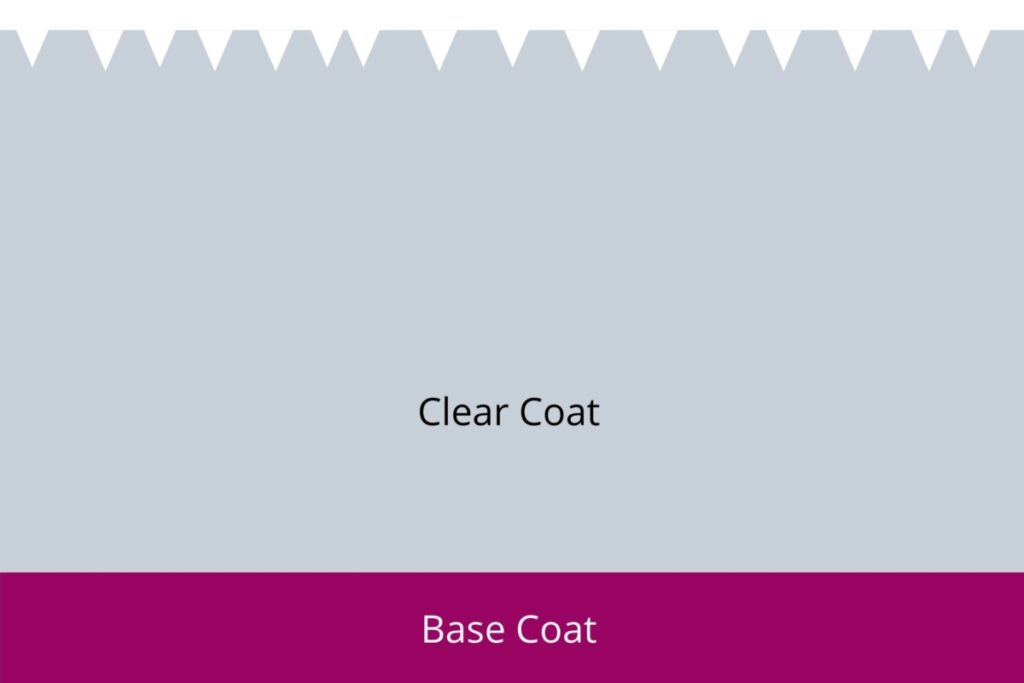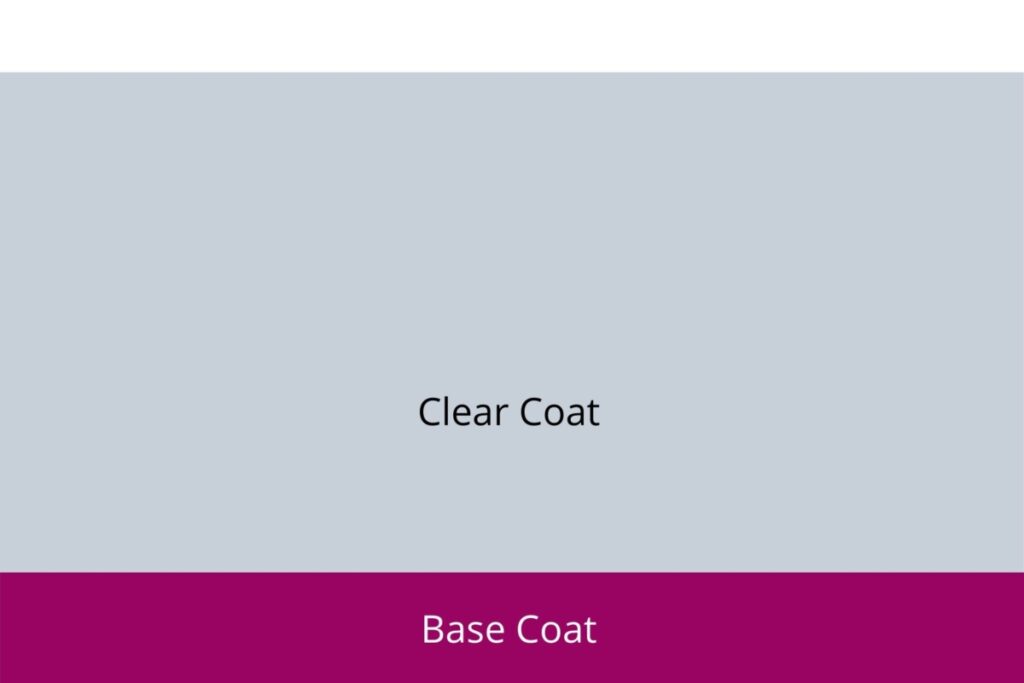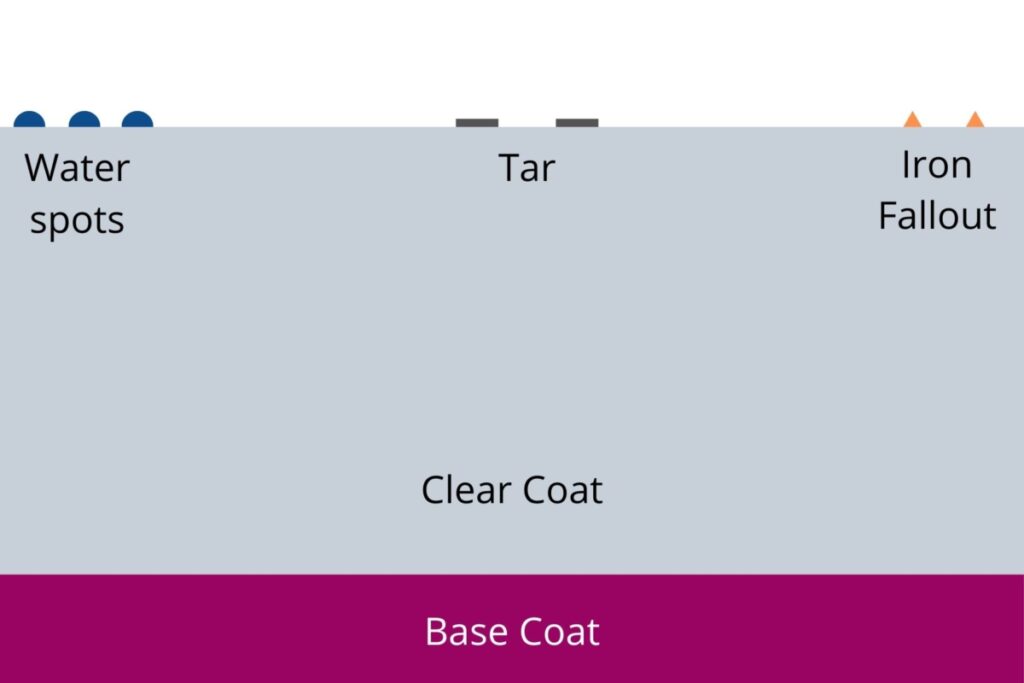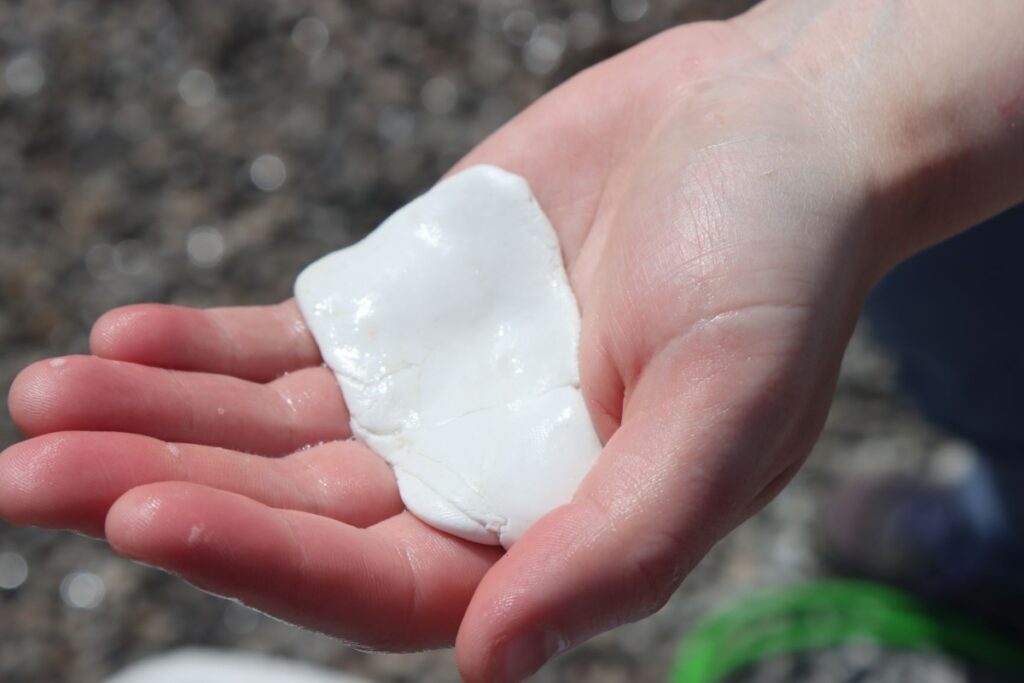Polishing is a popular technique in car detailing, but when should you do it? In this article, I’ll go through three times when polishing a car is needed, and the correct order to use a polish in the car detailing process.
The Quick Answer
A car polish should be used after decontaminating a car using clay bar, and is necessary before applying a ceramic coating. Polish should be used to remove light defects and enhance gloss. It is important not to over-use a polish as this causes excessive removal of the clear coat.
What is Car Polish?
Car polish is an abrasive liquid that is used to remove a thin layer of clear coat paint. It can be applied by hand or using a dual-action machine polisher. The function is used to remove light defects, enhance gloss, and in some cases to prepare the surface for ceramic coating.
Polish and wax are not the same thing. Polish is an abrasive and wax is non-abrasive, Wax is used to protect the paintwork from the environment, and polish is used to enhance gloss by cutting away a layer of paint to remove light scratches. Waxing should be done after polishing.
Check out my comparison of waxes and polishes to learn more about the differences.
The Detailing Process
The steps involved in detailing a car are as follows:
- Wash
- Decontamination
- Polish
- Paint protection e.g. wax, sealant or ceramic coating
Polishing should be performed after decontamination to ensure the paint is thoroughly cleaned before attempting to remove any clear coat. This not only makes the process more efficient, but also prevents damage that may be inflicted during the polishing stage.
For example, if the polish dislodges any hard contaminants from the paintwork e.g. tar, iron fallout or tree sap, it will essentially grind them into the paint and cause scratches, rather than remove them.
Polishing should be performed before applying paint protection such as a wax or ceramic coating. Since polish is an abrasive substance, using it after waxing or coating, will remove the protection, so it must be done beforehand, or fresh protection would need to be applied.
Check out my article outlining the full detailing process for more information on each step.
1. To Remove Light Defects and Enhance Gloss
One of the main reasons why most people polish a car, is to remove defects such as light swirl marks and scratches. Polish is an abrasive liquid, so has the effect of removing a thin layer of clear coat (paint), to flatten the surface and remove defects.


Polishing enhances the gloss and shine of the paintwork by creating a flatter surface which allows light to reflect more evenly.
Polishes are mild abrasives, so are not capable of removing deeper clear coat scratches efficiently. In this case, a compound would be required instead. This is a more aggressive type of liquid abrasive than a polish, that cuts away a layer of paint more quickly. Compounds, like polishes, can be applied by hand or by machine.
I’ve written a full article on the differences between compounds and polishes here.
Polishes are often used after compounding to refine the paint to a mirror finish, as compounding can leave some “hazing” behind, since it is a more aggressive abrasive.
2. After Using a Clay Bar
It is common practice to polish a car after using a clay bar. Clay is abrasive, so will leave some scratches, swirls and marring behind. Polish is used to remove the thin layer of damaged clear coat paint in order to remove these defects and enhance the gloss level.
Claying should be performed before polishing for two reasons:
- Clay creates defects that will need to be removed by the polish.
- Polishing without claying before hand will actually inflict defects, instead of remove them.
Clay is used to make a rough clear coat feel smooth again, by removing contaminants that have bonded to the clear coat including iron fallout, water spots, tree sap and tar. If these are not removed before before polishing, then the polish will dislodge them instead. So when you work the polish in, you will actually be rubbing these contaminants into the paint causing swirl marks.


Do you need to do it every time?
Most detailers clay their cars around once per year, so it it necessary to polish every time after this.
In order to remove any defects caused by using a clay bar on the car, it is necessary to polish the paintwork. This will flatten the clear coat by removing the layer of damaged paint, hence removing the defects caused by the clay.
If you can live with the defects the clay has caused, then there is no need to polish. Since polishing actually removes a layer of paint, there is a limit to how many times you can do it before you run out of clear coat (more on that a little bit later).
There are also some good practices to use when claying to help minimise the damage inflicted by the clay bar. Take a look at my article on clay bars for some tips.
You can also use a glaze instead, to cover up these defects caused by the clay, instead of removing them entirely.
Check out my article on glazes vs polishes to learn more about why they’re a really effective tool to have.
3. Before Applying a Ceramic Coating
Polishes should be used before applying a ceramic coating in order to prepare the paint properly. Ceramic coatings need to bond to bare, clean paint to last as long as possible. Polishes remove a layer of clear coat, to reveal a fresh and clean layer that can be coated.
Ceramic coatings are a form of paint protection, like waxes and sealants, except they form a much more protective and durable layer. Ceramic coatings last between 2-5 years on average, whereas waxes and sealants typically last just a few months, possibly up to a year when using a sealant.
There are two main reasons for polishing before using a ceramic coating:
- Polishing flattens the clear coat to reveal a fresh layer that the coating will bond properly to.
- Polishing removes light swirls and scratches to enhance gloss which is locked in by the coating.
Once you’ve applied a ceramic coating, it’s very hard to remove (polishing is actually the most effective method of removal). So you don’t want to apply it over scratches and swirl marks because you won’t be able to fix those either once the coating has been applied. That’s why it’s best to get the paint in the best condition possible before using any coatings.
Considering machine polishing your car? Take a look at my complete machine polishing checklist to make sure you have all the right equipment for the job.
Waxing and Polishing
I mentioned at the start of this article that polishes and waxes are not the same thing, but I wanted to address a few questions that you might still have about the two products and using them together.
Can you Wax without Polishing?
It is fine to wax a car that has not been polished. Waxes should be applied to clean paintwork, ideally paint that has no existing protection such as a wax or sealant already on it, but it does not need to be polished. However, polishing first will help extend the durability of the wax.
Waxes will do just fine on un-polished paint, as they are only designed to last for a few months at a time. As I mentioned earlier, polishing can only be done so many times before you run out of paint, so doing it before waxing every single time, is not the best thing for the longevity of the paintwork. Waxes are a lot easier to reapply than clear coat!
Can you Wax a Car Straight After Polishing?
If you plan on waxing a car after polishing, it should be done as soon as possible. This prevents any dust from settling on the car which could cause swirl marks if a wax is applied on top. Polishing removes all paint protection, so a wax needs to be applied soon after to ensure the car is protected.
Do you Always Have to Apply a Wax After Polishing?
You should always apply some form of paint protection e.g. a wax, sealant or ceramic coating after using a polish. Polishes do not protect the paintwork, and will removing any existing paint protection. Applying a wax, sealant or coating afterwards ensures the car is protected from the environment.
Check out my article on waxes vs sealants to help decide which is the best option for you.

When NOT to Polish
Polishing should not be done as part of routine, and should only be performed when necessary. Polishes remove a layer of clear coat paint, so can only be used a limited number of times before you run out of paint.
To determine if it is safe to polish a car, you can use a paint depth gauge. I’ve written more about this in my article on how many times you can polish a car.
Machine polishing is more aggressive than hand polishing, so should be used more sparingly. However, caution should still be used particularly on older vehicles.
You can use a glaze as an alternative to polishing. Glazes fill in minor defects, rather than remove them. They have a very similar visual impact to polishes, but the results are just temporary. If you want to learn more about glazes and why they’re so useful, check out my complete guide to car glazes.
More Frequently Asked Questions
Here are some more answers to questions you might still have about polishes and when to use them.
Does polishing damage car paint?
Polishes remove a layer of clear coat paint on a car. The function is to remove a layer of damaged paint that is scratched, to reveal a flat layer that is free from defects and increases the gloss level. Polishing should only be done when necessary because it is an abrasive substance.
Is polishing good for the car?
Polishing can be good for the car because it removes a layer of damaged paint that may have swirl marks, water spot etching or oxidisation. However, polishing is not good for the car if it only has a thin layer of paint remaining and can risk exposing the base coat of the paint.
Should I wash my car after polishing?
It is not necessary to wash a car after polishing. Instead you should apply some form of paint protection e.g. a wax or sealant. Polishes leave some oils behind that can prevent waxes and sealants bonding properly, but instead of washing the car to remove them, you can use a panel wipe solution.
What is a good car polish?
One of my favourite polishes for use with a dual-action machine polisher is Scholl Concepts S40. For complete beginners who are looking for a hand polish instead, I recommend Meguiar’s Ultimate Polish which also contains some glazing elements.
Check out my recommended paint correction products for all my current favourites.
Unsure if you should machine or hand polish your car? Check out my in-depth comparison between machine and hand polishing to help you decide.
Here are some more articles you might find useful:

